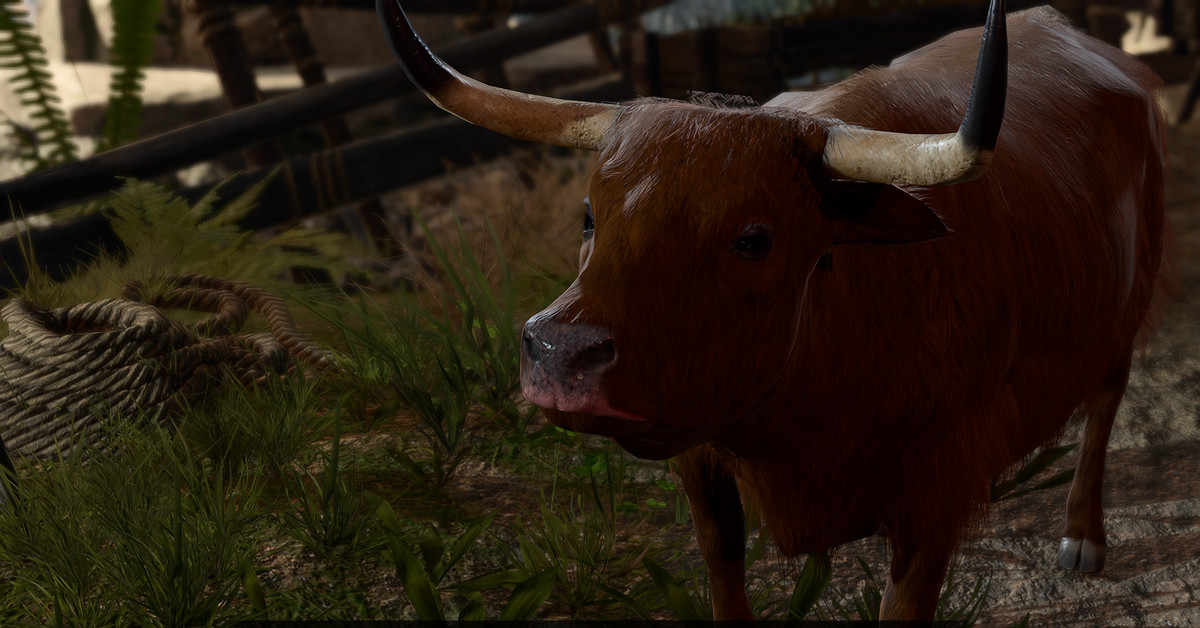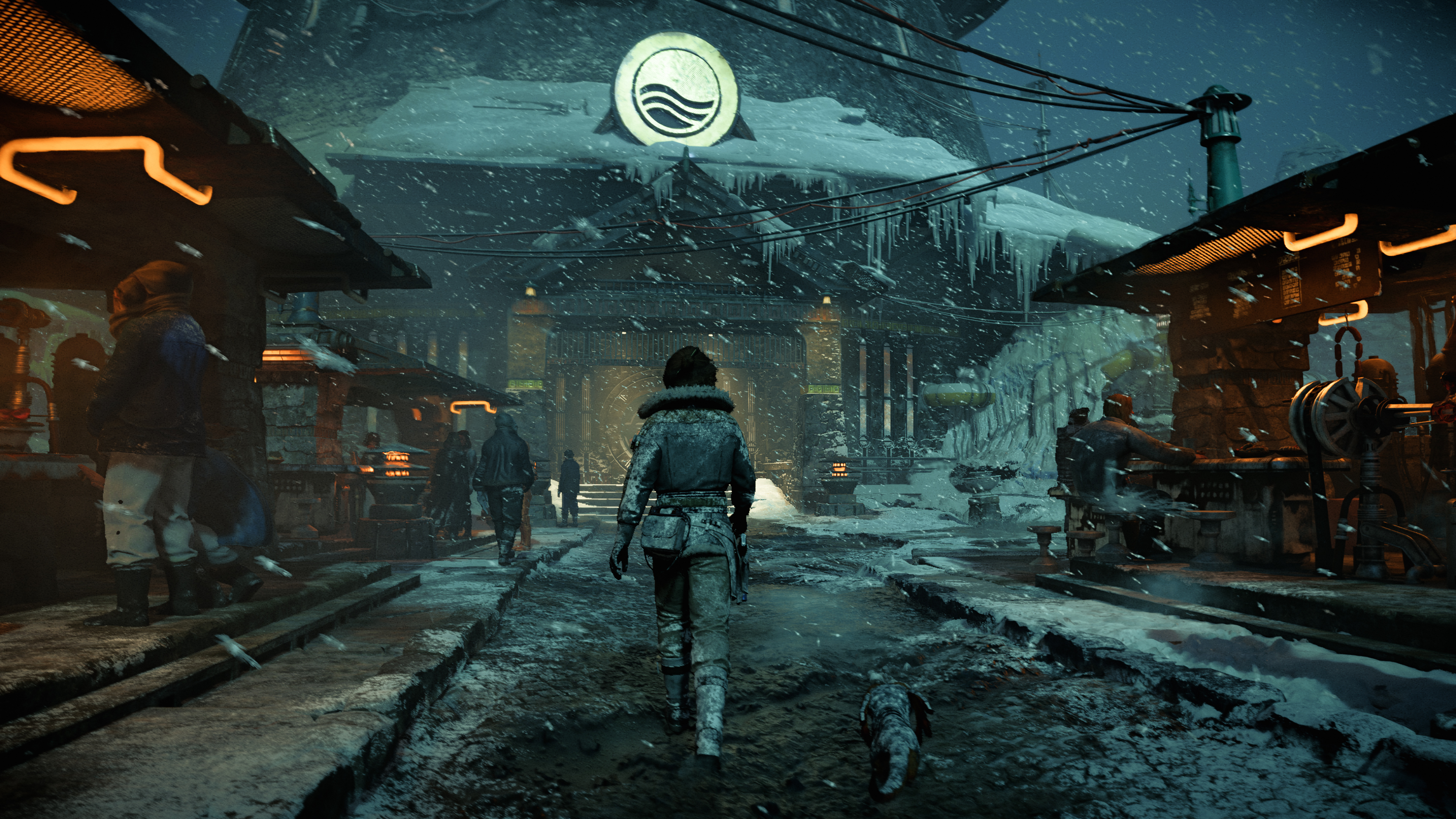The Last of Us Part 2’s No Return is so good it makes you wonder why Naughty Dog even bothered with making a story. A bonus mode that comes with The Last of Us Part 2 Remastered, No Return transforms the acclaimed 2019 game into a full roguelike experience. It’s a well-rounded, engrossing rework that shows off the game in a new light, while also underlining the identity crisis at the heart of Naughty Dog: the version of the studio that excels at top-flight action-adventure games, and the Naughty Dog that strives to tell uncompromising, mature interactive stories.
Unlike the recent, similar roguelike experiment from Sony Santa Monica’s God of War: Ragnarök, No Return has no narrative justification. It’s a pure arcade experience: You select your difficulty, your character — each with their own playstyle — and any available modifiers, and try to make it as far as you can, until you die and start all over again.
Roguelike fans and the roguelike-curious haven’t been hurting for options for a very long time now, but big-budget, marquee dalliances in the genre are still quite rare. No Return is more than an expensive novelty, though — the mode is a challenging yet accessible approach to roguelikes that shows off every flavor of The Last of Us Part 2’s tense, violent action by breaking it into pieces, relishing in the multiplicity of options and all the satisfying fiddly bits for upgrading weapons and characters present in the main game.
A generous cadence of unlockable characters, costumes, and game modifiers keeps adding variety in the early going, even if you spend your first few runs eating shit — a vital way to avoid the biggest roguelike hurdle, which is demanding mastery before doling out rewards. Juxtaposed so much more closely together, the different feeling of controlling Ellie, Abby, and others is more pronounced, making character selection feel like more than an aesthetic choice. Each character has a different starter weapon and upgrade track (Abby, for example, lets you upgrade melee abilities from the jump) with others doled out as rewards for progress.
Divorced from the weight of its story, you get a different appreciation of what The Last of Us Part 2 is: a tremendous, tense, and muscular stealth-action thriller, wholly committed to the visual language of desperation and the violence it elicits. Without story context, The Last of Us Part 2 is still quite remarkable four years on for how carefully it labors toward a cinematic verisimilitude, taking prestige video game murder to its logical endpoint in a way not really seen since God of War 3.
If this were done on purpose, I imagine it might cause Naughty Dog’s labelmates at PlayStation Studios to hang their heads in shame and try something else, something less ugly. But instead it’s a diversion, a “value add” to justify a $10 upgrade or $70 purchase. That common practice, of “adding value” — to help justify the re-release of a video game by adding more game to it — is interesting here in particular. The original 2020 release sought to follow up on the legacy of the “greatest video game story ever told,” to tell an uncompromising and brutal tale about the wages of revenge and the rot it causes to fester in one’s soul. The systems used by the game to that end are remarkable — the physical, awful ugliness of death and fear and tribalism, and all that comes with it.
In this it is tremendously effective, so much so that its well-regarded HBO adaptation may never truly live up to what the games have accomplished. Even if you find the things The Last of Us Part 2 has to say reprehensible — and I am not convinced they are not — its efficacy in using the language of games to say them is notable.
Herein lies the tension: if The Last of Us Part 2 is a carefully crafted, well-funded argument for blockbuster games as a pop-cultural equivalent to prestige television, then No Return is the version of The Last of Us Part 2 content to simply be a video game. It is the purest expression of the game’s systems — a grounded and raw set of unobtrusive, nesting mechanics that have the player see-saw between the adrenal fear of being prey and the intoxicating thrill of predation.
:no_upscale()/cdn.vox-cdn.com/uploads/chorus_asset/file/25222756/the_last_of_us_part_ii_remastered_wm_screenshot_01_en_21nov23.jpeg)
Wrestling with and contextualizing these impulses in No Return involves the player in The Last of Us Part 2 without making them complicit in a narrative — a clichéd trope that funnels a text’s possible interpretations into a combative bottleneck, distracting from a work’s intent by jabbing a finger at the person engaging with it. Eventually in The Last of Us Part 2’s story, a bill will come due as it has in many games before it, from Metal Gear Solid to Hotline Miami: the question of what all those badass stunts you pulled off in playing the game were for.
No Return doesn’t bother with this. In fact, it offers a pretty simple answer to the question of what all the violence is for: It’s the chance to put Ellie in an astronaut suit. Or Abby in a T-shirt, advertising another Sony game.
The Last of Us Part 2 Remastered will be released Jan. 19 on PlayStation 5. The roguelike mode was reviewed using a pre-release download code provided by Sony Interactive Entertainment. Vox Media has affiliate partnerships. These do not influence editorial content, though Vox Media may earn commissions for products purchased via affiliate links. You can find additional information about Polygon’s ethics policy here.



